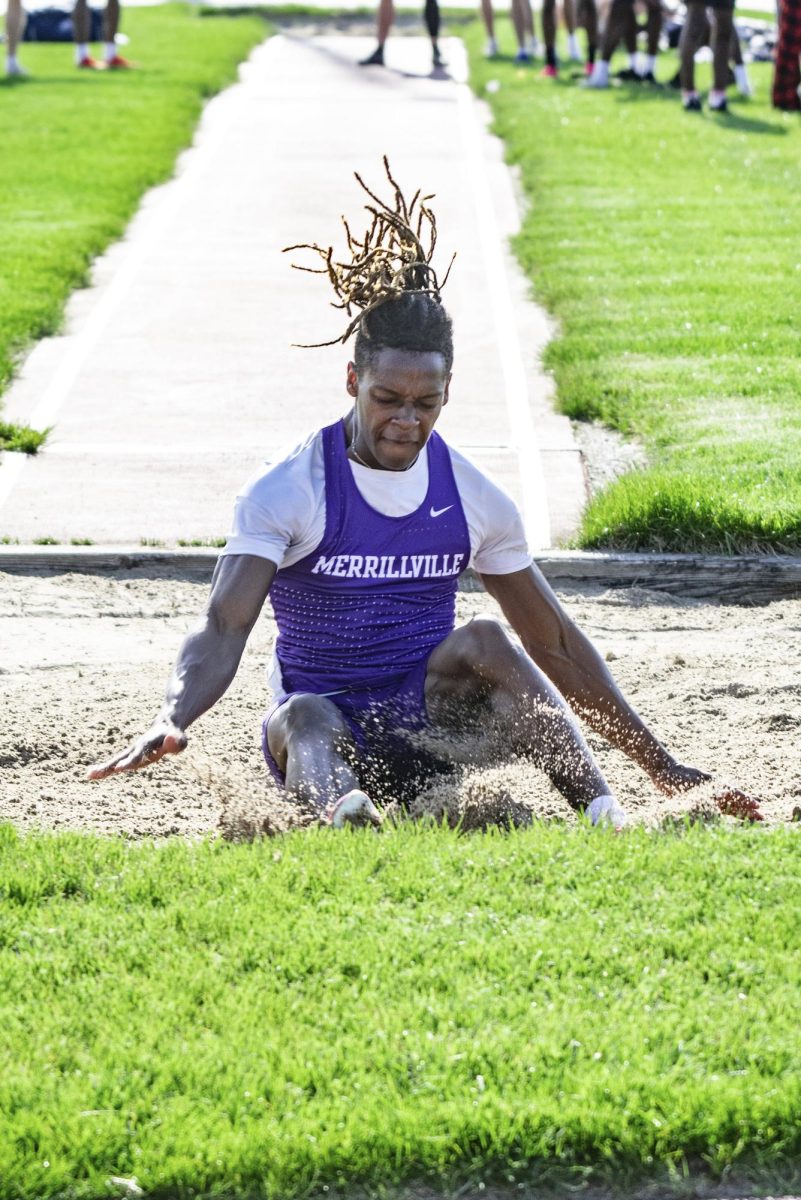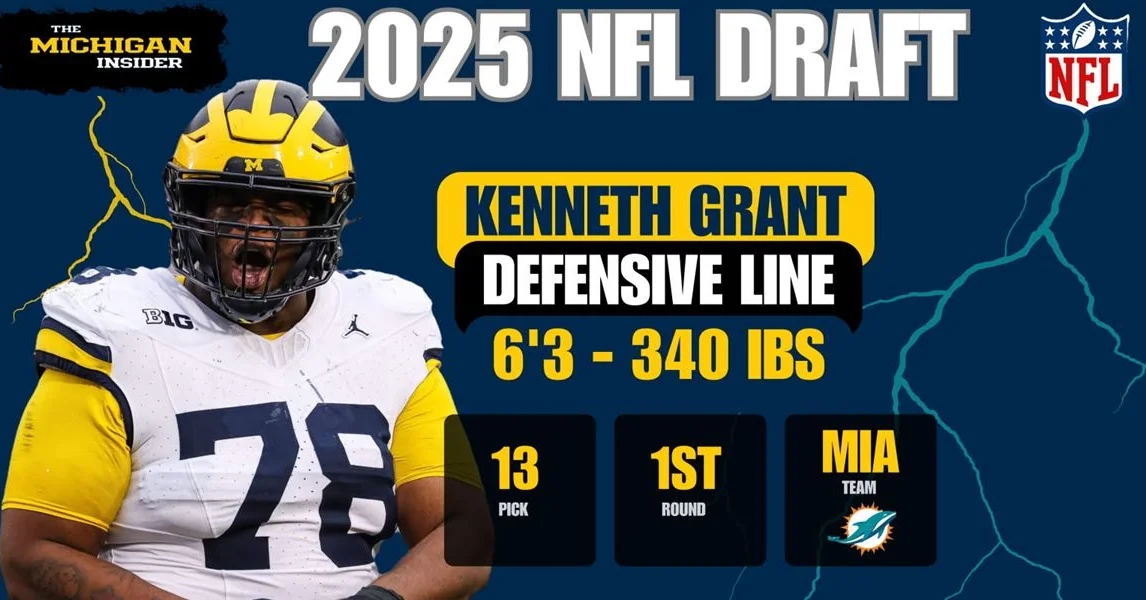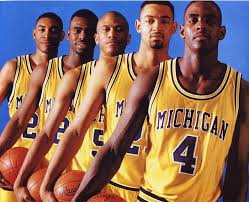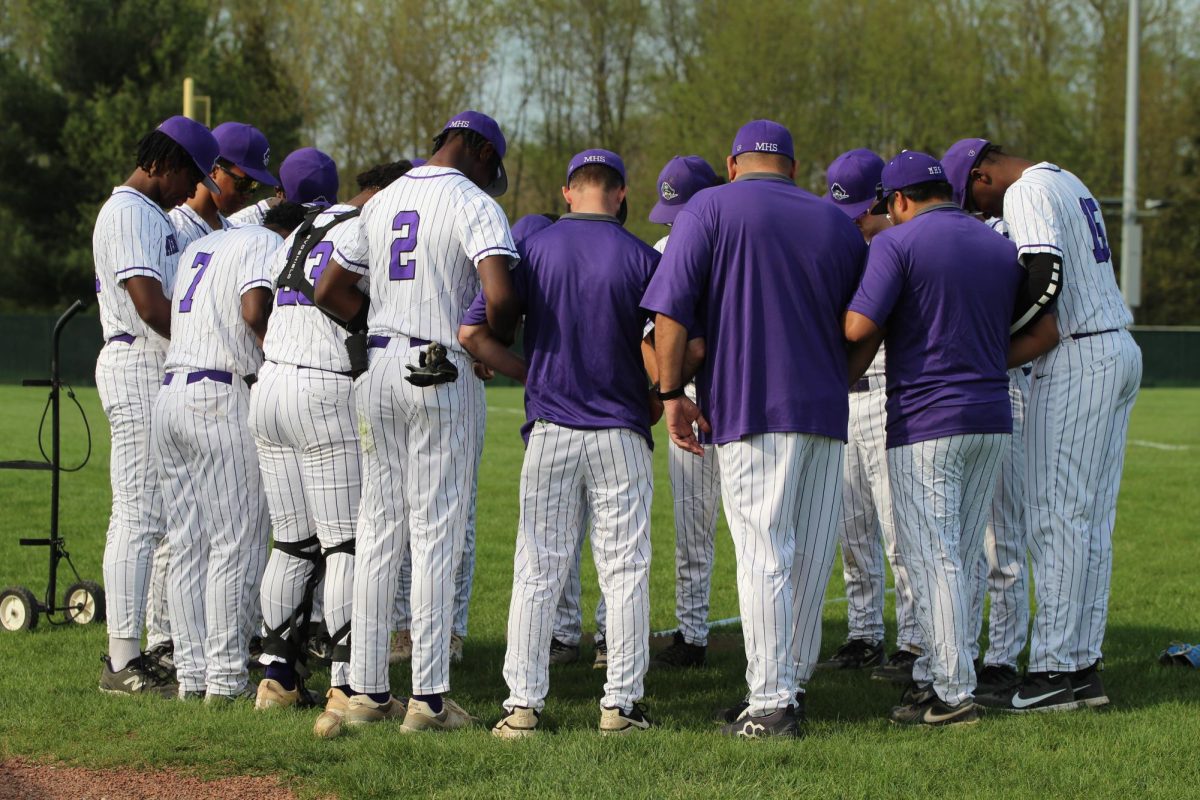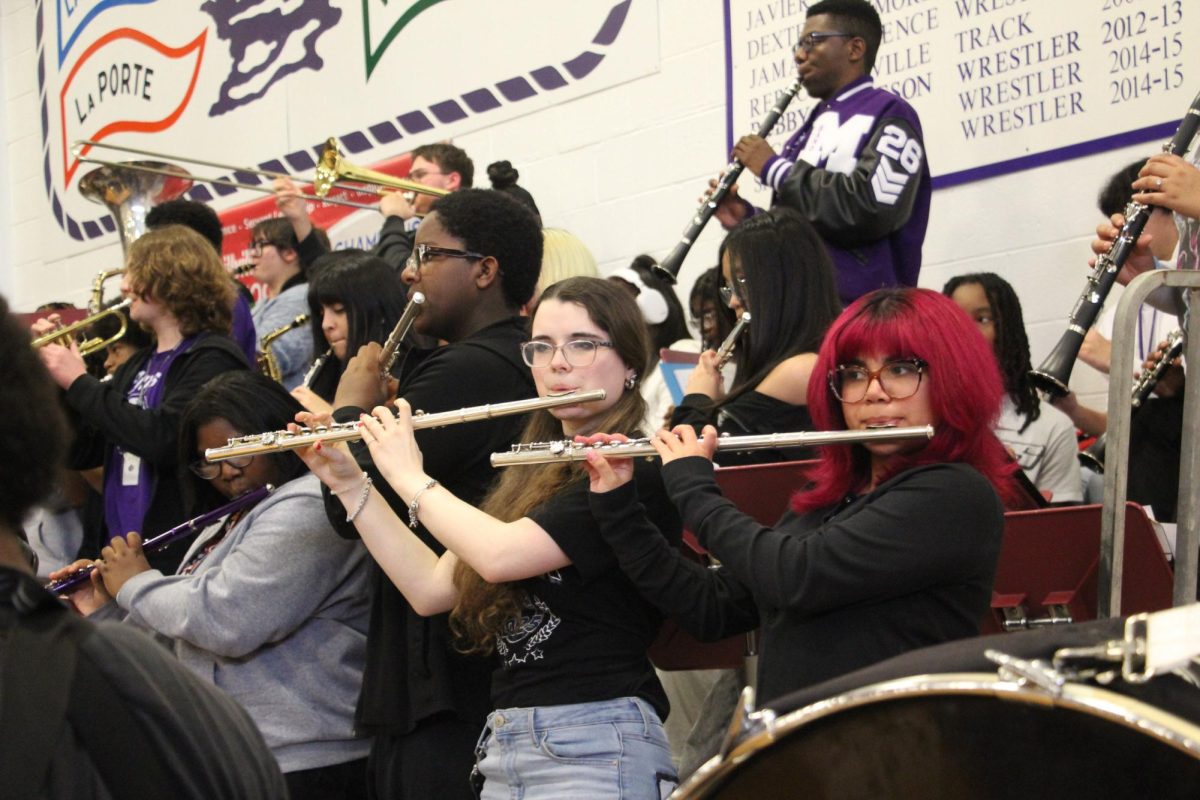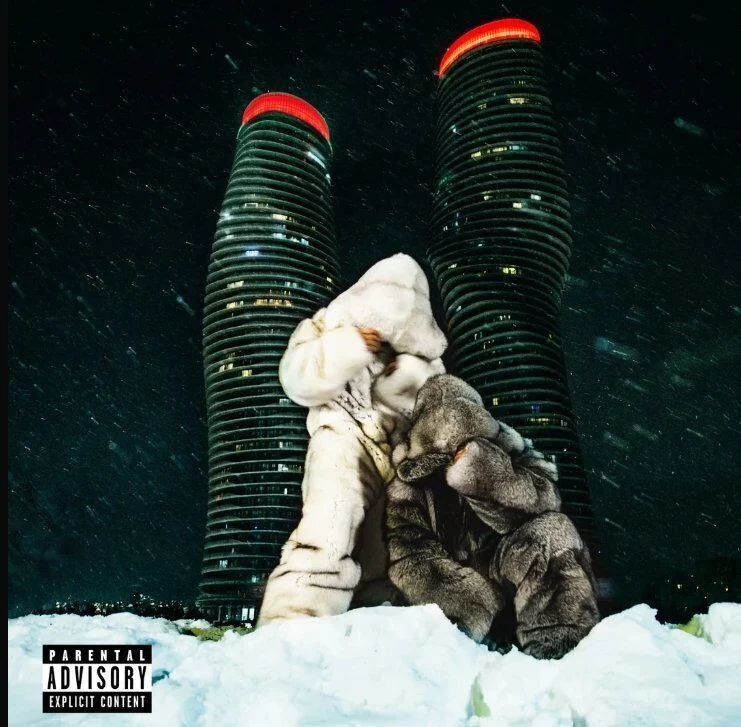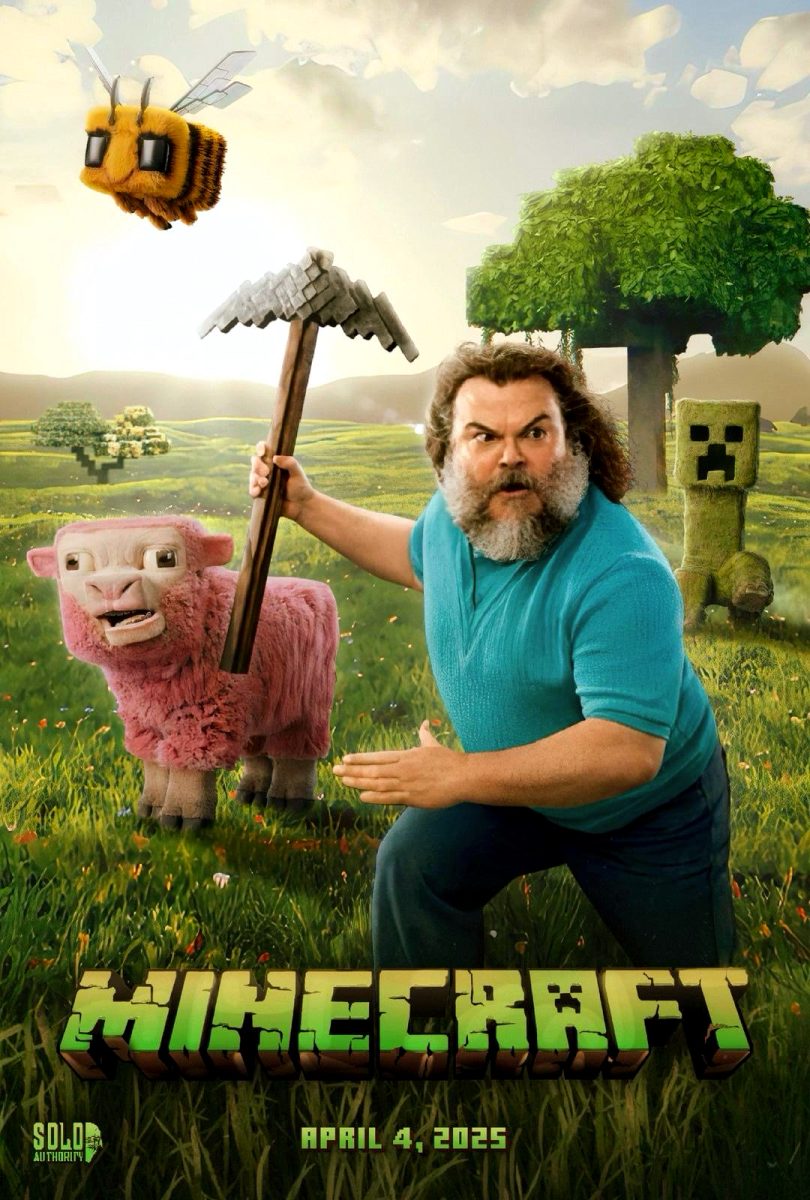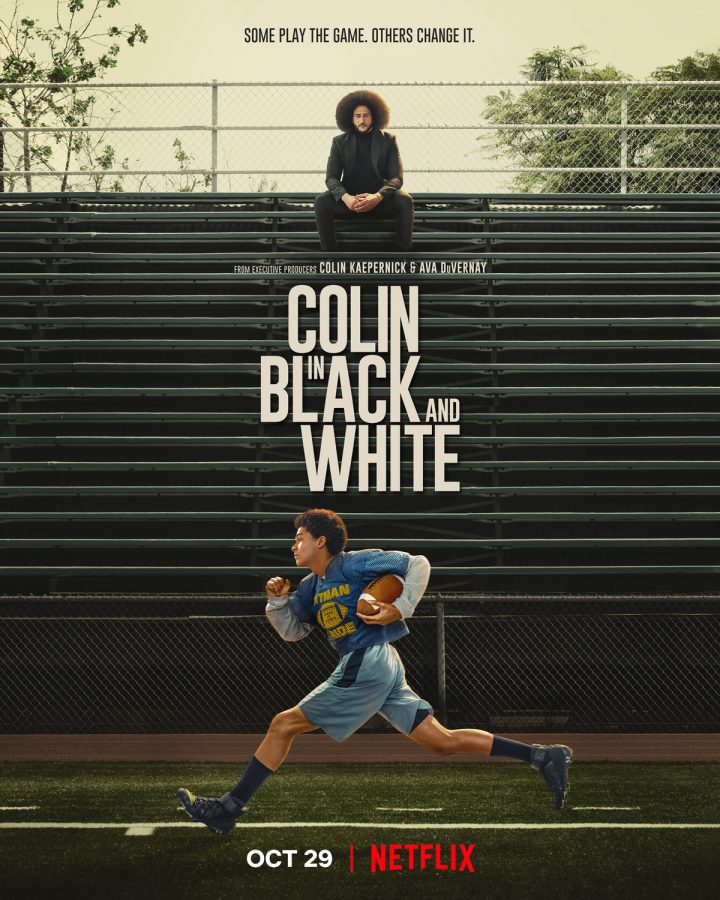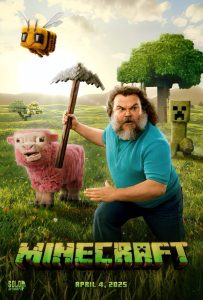Netflix series takes a look at Colin Kaepernick’s roots
November 15, 2021
Colin Kaepernick, a professional football quarterback, made waves in 2016 when he took a kneel on the sidelines during “The Star-Spangled Banner” in order to show respect to the US military while protesting the treatment of African-Americans in America. Rather than sitting down during the national anthem like he did in previous games, Colin was convinced by retired Army Veteran Nate Boyer to kneel.
Under the impression that kneeling instead of sitting would show respect, Colin was still bashed by a lot of people including the president of the United States at the time, Donald Trump. He eventually ended up opting out of his contract and played his last down of football on Jan. 1, 2017.
Colin in Black & White is a Netflix series that shows the situations throughout his life that made Colin into the person we see now and saw in 2016.
In this series, I saw things that helped me understand why he did what he did. Why he basically gave up his job in the NFL in order to make a statement. He stuck to his principles when most people would’ve folded.
The series starts off with comparing the football draft process to a slave draft, which I think is true. They measure people, they talk about how much they can lift, how their personality is, they talk about how much they can do for them, and sell and trade them. The beginning of the series actually reminded me about a skit I saw from comedian “Druski” on how racist the draft process is.
One huge thing that actually explains so much to me is that he is adopted by a white family. He was always that outcast in his community, the one black person. I’ve seen that type often. I’ve always lived in predominantly African-American communities so I’ve never personally felt exactly what he felt, but I feel like I know the type.
When I played sports I often ran into people similar to him. The type that acts “white” but wants to also fit in with his people, African-Americans. It’s rough, they never really fit in with either one.
A thing that I can relate to is the fact that he had to cut his hair in order to stay on a team. He was heavily inspired by Allen Iverson, an NBA Hall of Famer who is known for bringing that “hood” style and swag to the big leagues. When the NBA was very proper he brought a different way of life. He had cornrows, his body was full of tattoos, and he dressed the way that every black person in the NBA really wanted to dress.
His white parents were very new to the whole black culture. Colin got those cornrows that his idol had and felt like that guy. That feeling continued until his travel baseball coach said otherwise. He needed to cut his hair in order to stay on the team, something I am very familiar with since one of the requirements to stay on my school’s basketball team from 7th grade until high school was to cut your hair to wavelength in order to look “presentable,” a rule that I never have heard of in a predominantly white school system.
Colin’s story is deep. He had to hustle in order to get what he wanted. Even though he was a star athlete in his town, he had to deal with a lot of traumatic racist experiences that might remind one of segregation times.
Colin’s story is a combination of hustle and going with his gut. I feel the Netflix series “Colin in Black & White” displayed that well.




